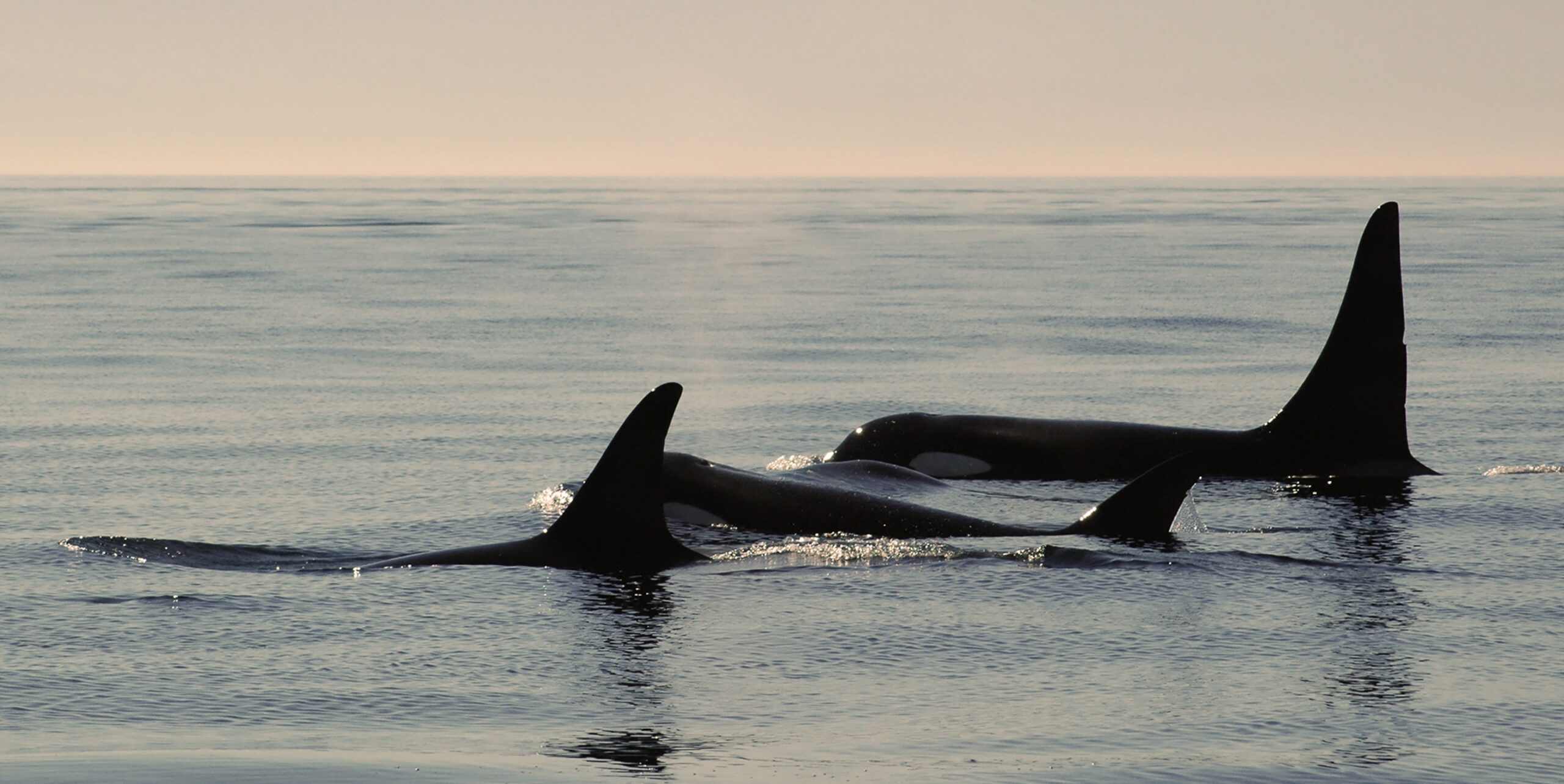If you’ve been out on a vessel around here, you might have heard mention of our Southern Resident killer whales. You might have also noticed the extra precautions that we take to keep this group safe. But you might not know why.
The Southern Resident killer whales are just that – residents. They will mostly stay where their food is. Unlike other transient orcas, as the Center for Whale Research states, the Southern Residents are “demographically closed.” This means that they do not breed with other pods, nor do their offspring emigrate from the pods. They stay together for life.
Currently, there are 73 Southern Residents: 25 in the J Pod, 16 in the K pod, and 32 in the L pod. The J Pod used to frequent the inland waters of the Salish sea, but recently they seem to visit only for short periods of time in the late summer and early fall. In these pods there are also sub-pods, which are formed around older female members. Offspring remain in close contact with their mothers for their whole lives. This type of social structure is called “matrifocal,” meaning that it is the grandmothers or great grandmothers of the pods that emerge as leaders, teaching the young ones where to hunt for Chinook salmon – their primary food source. Matriarchs will also often sacrifice their food for the young.
After the influx of captures for marine parks in the late 60s and early 70s, only 78 Southern Residents were left. Though there have been periods of growth and decline in their population, their population now largely remains stagnant according to the 2022 census that the Center for Whale Research conducts every July and December. Their livelihood rests largely on the abundance of Chinook salmon, which makes up 80% of their diet. Without the proper number of salmon to feed on, these orcas are at risk of reduced fecundity, social isolation (due to low energy), and toxin accumulation in their blubber. National Oceanic and Atmospheric Administration Fisheries says that other factors impacting the Southern Resident population include water pollution and vessel noise and disruption.
That’s why the Government asks us to keep at least 400m away from any of the Southern Residents we spot. If you’re on board one of our vessels, you should still be able to see them just fine. So, when we keep our distance, everyone wins!
Works consulted and further reading:
Center for Whale Research (2022). “Southern Resident killer whale – Census 2022.” Center for Whale Research. https://www.whaleresearch.com/orca-population
“Southern Resident Killer Whale (Orcinus orca)” (May 17, 2023). National Oceanic and Atmospheric Administration Fisheries. https://www.fisheries.noaa.gov/west-coast/endangered-species-conservation/southern-resident-killer-whale-orcinus-orca
Center for Whale Research (July 22, 2020). “The Amazing Grandmothers of the Southern Resident orca community.” Center for Whale Research. https://www.whaleresearch.com/post/the-amazing-grandmothers-of-the-southern-resident-orca-community
